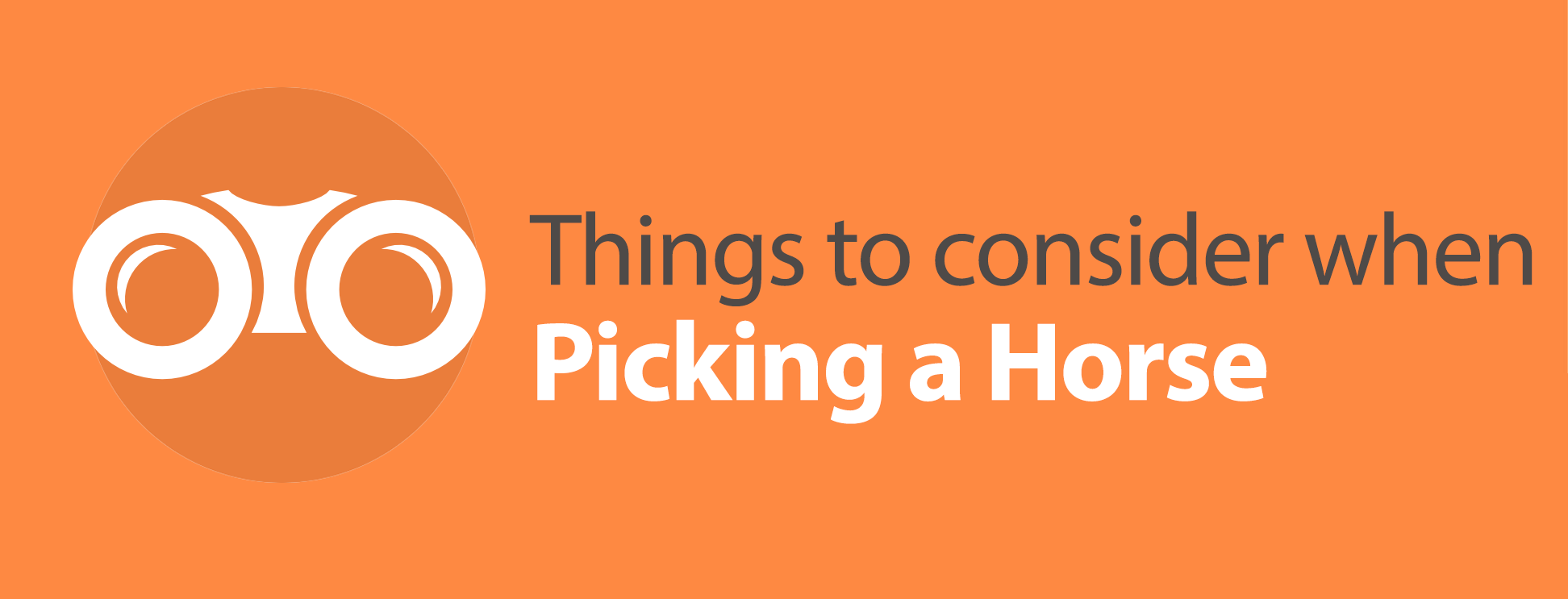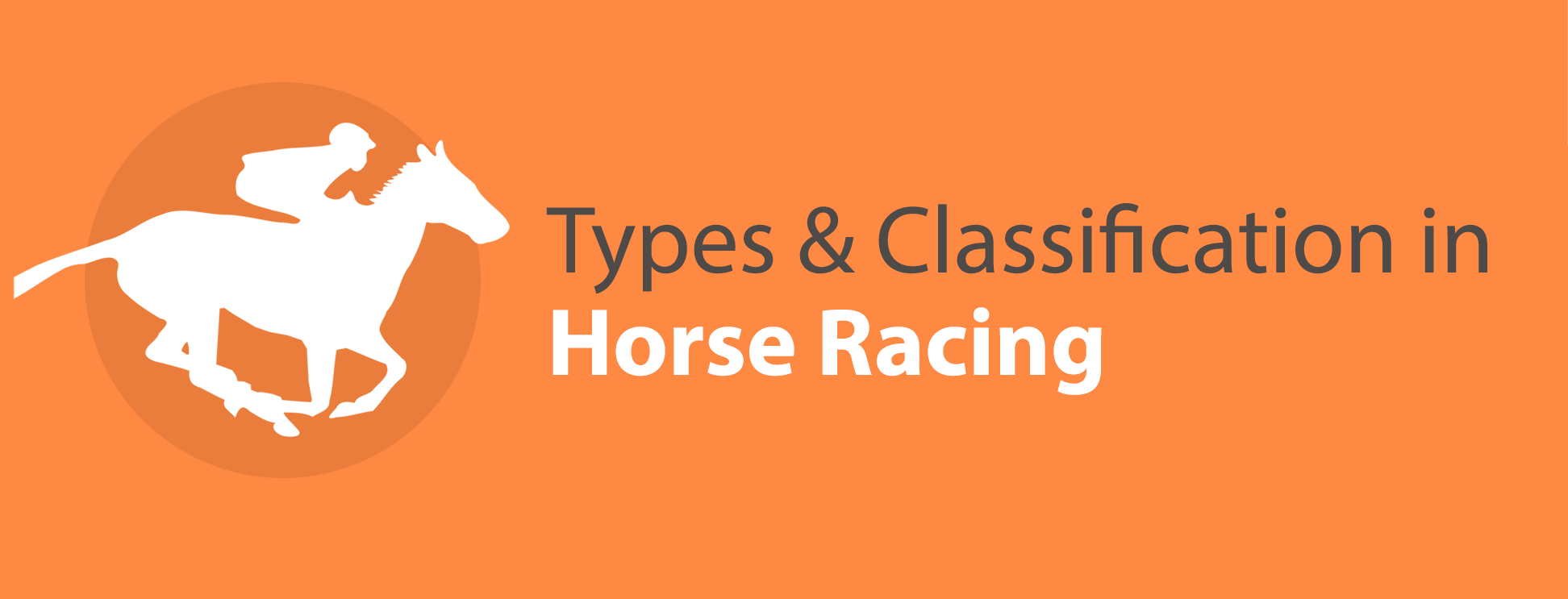
Horse Racing Betting Terminology
Through our other guides you should gain a base understanding of the types of horse racing, races, grades and classifications. We could go into more detail, but all of the foreign terms involved in horse racing can certainly makes things very wordy and confusing to someone who is unfamiliar with the sport.
Here we’re going to cover all of the betting terminology you will encounter when betting on horses in alphabetical order. We’ve opted to omit the obvious ones that you will all know if you’ve read our guide to online betting, such as ‘bet’, ‘accumulator’ and ‘bookmaker’, etc.
Ante-Post: Ante-Post is a term to refer to a future event of which the details may not even be known. Typically, punters who bet on horse racing may look to lock in their betting selection for an event like Cheltenham months and months in advance, even before all of the runners are declared. Your bet will lose if your horse does not run or is withdrawn. There is a greater risk, but possibly greater reward in terms of odds.
Back: This means to bet on. If you bet on a horse, you’re backing it and backing it to win.
Banker: Perhaps not a term you should buy too much into, because even short priced favourites can fall or have an off day. A banker is a short odds selection that is considered a horse that just can’t lose.
Bar: You may see this more commonly at a track. When odds open before a race, the odds on runners will have odds listed whilst the remaining with be bar. It’s not crucial to understand this and it doesn’t really come into online betting.
Book: This refers to the range of betting markets being offered by a bookmaker.
Book Closed: Means the race is about to or has started, and the bookmaker will accept no further bets. Some bookmakers such as Bet365 do allow in-play betting for longer distance racing.
Canadian: This may also be known as a Super Yankee. If you have five selections in your betting slip, you may select the Canadian/Super Yankee option. It places 26 bets, consisting of 10 doubles, 10 trebles, five four folds and a fivefold). Depending on the prices of the horses, three winners could be enough to return a large profit. Whatever stake you enter will be x by 26.
Combination Forecast & Tricast: You aren’t limited to betting on one horse in a single race. Punters also have the option of picking three or more horses (depending on whether you are using forecast or tricast) of which at least two (or three for tricast) must finish in the top two (or three).
Come In: This is a term you’ll hear people use if their horses wins. ‘My bet has come in’.
Course Specialist: This is a term used to describe a horse who is known to run particularly well on a certain track, and perhaps one you should pay extra attention to when betting.
Dead Heat: The rare occurrence where two horses finish equal, being adjudged to have crossed the line at exactly the same time.
Drift: Applying to most betting markets, the term drift depicts odds that are getting larger, known as ‘drifting’. This generally means the horse is not receiving good backing.
EW or E/W: You will see this abbreviation commonly. It means Each Way.
Each Way: Placing an each way bet doubles your stake. You are effectively placing two bets, with one on your horse to win the race, and one on your horse to finish in the top three, four or five (these terms will be specified by your bookmaker). The horse must win to guarantee a full profit, but you can profit on a horse finishing in the top three, four or five alone in the odds are high enough.
Field: This refers to the amount of horses running in a race.
Forecast: Betting on a forecast involves correctly identifying the two horses that will finish first and second in the correct order. A reverse forecast allows you to identify the top two without the order being required.
Form: This refers to the overall form of the horse in recent races. We need to explain this to you in more depth, but we’ll do that in the next section as form is particularly important when identifying a horse to bet on.
Going: Another important factor in identifying a horse to bet on, the ‘going’ lets you know the condition of the ground on which the horses will be running. ‘Soft’ or ‘wet’ being two examples.
Going In: A term used to describe the horses going into their stalls in preparation for the race.
Going To Post: This describes the horses making their way towards the stalls. If you hear this term during race coverage, it’s time to make sure you’ve placed your bets!
Goliath: Beware that whatever you enter in the stake box here, you can expect to be 247 times that amount. You can select the goliath option when you have eight horses in your bet slip, and it will place 28 doubles, 56 trebles, 70 four-folds, 56 five-folds, 28 six-folds, eight seven-folds and an eight-fold.
Handicap: Remember how we mentioned weight being added to the horse’s saddle as a way of balancing the field and evening things up? This is what the term handicap refers to. It makes for a more even chance of each horse in the field producing a win.
In The Money: If you’re horse is finishing first, second or third (or possibly fourth and fifth depending on the number of horses in the race) then you are ‘in the money!’.
Jockey: That little Irish (most probably) fella on top of the horse.
Lay: To bet or wager.
Nap: If something is referred to as a nap, then it is the preferred selection of horse racing experts, pundits or tipsters for that day. You have seen ‘Alex Hammond’s NAP of the day’ on Sky Sports News.
Not Under Orders: When a race starts a flag is waved to inform the riders. If a horse goes early, he’s gone before the starting flags orders.
Off the Bridle: This means when a horse is being urged on by the jockey riding it.
On the Nose: Refers to betting on a horse to win. To win only.
Outsider: A horse that is seen as an unlikely winner of a race.
Overlay: Similar to finding a ‘value’ bet in football, you’ve identified a horse with odds that are higher than its suggested chances of winning.
Paddock: When you see horses being paraded around and walking to their starting stalls by jockey and owner, the part of the course where this takes place is known as the paddock.
Place: Go back and read our explanation of each way bets. Now, know that the term ‘place’ refers to any horse that finishes first, second or third. It may also apply to horses in fourth and fifth, but this depends on the amount of horses running and will also be up to your bookie. Some pay out ‘place’ on horses in first, second and third only, whilst some may pay out on fourth and fifth for bigger fields.
Starting Price (SP): Beating the SP, starting price, when betting on horse racing is a big key to being successful. And probably limited too, but we won’t go into that. This refers to the price of the horse at the start of the race (when bookmakers are no longer accepting bets). If a horse starts the race as an 8/11 favourite but you’ve bet on it a day before at odds of 11/10, you’ve beat the SP.
Through The Card: This is another term you might want to prick your ears up to. If you’re betting on a race and you hear someone refer to a jockey, tipster, horse or expect as being through the card, then it means that particular person/horse has had a lot of success at this particular meeting.
Trip: This refers to the distance over which horses will race.
Trixie: What is a trixe bet in horse racing?A trixie bet involves betting on three horses. Four bets are placed consisting of three doubles and one treble. You need a minimum of two horses to win to guarantee a return, but this could still produce a large loss depending on the odds.
Walk-Over: Rare but possible, a walk-over happens when only one of the horses in question runs the race. The horse still has to go through the process of running and finishing the race in order to claim the prize.


